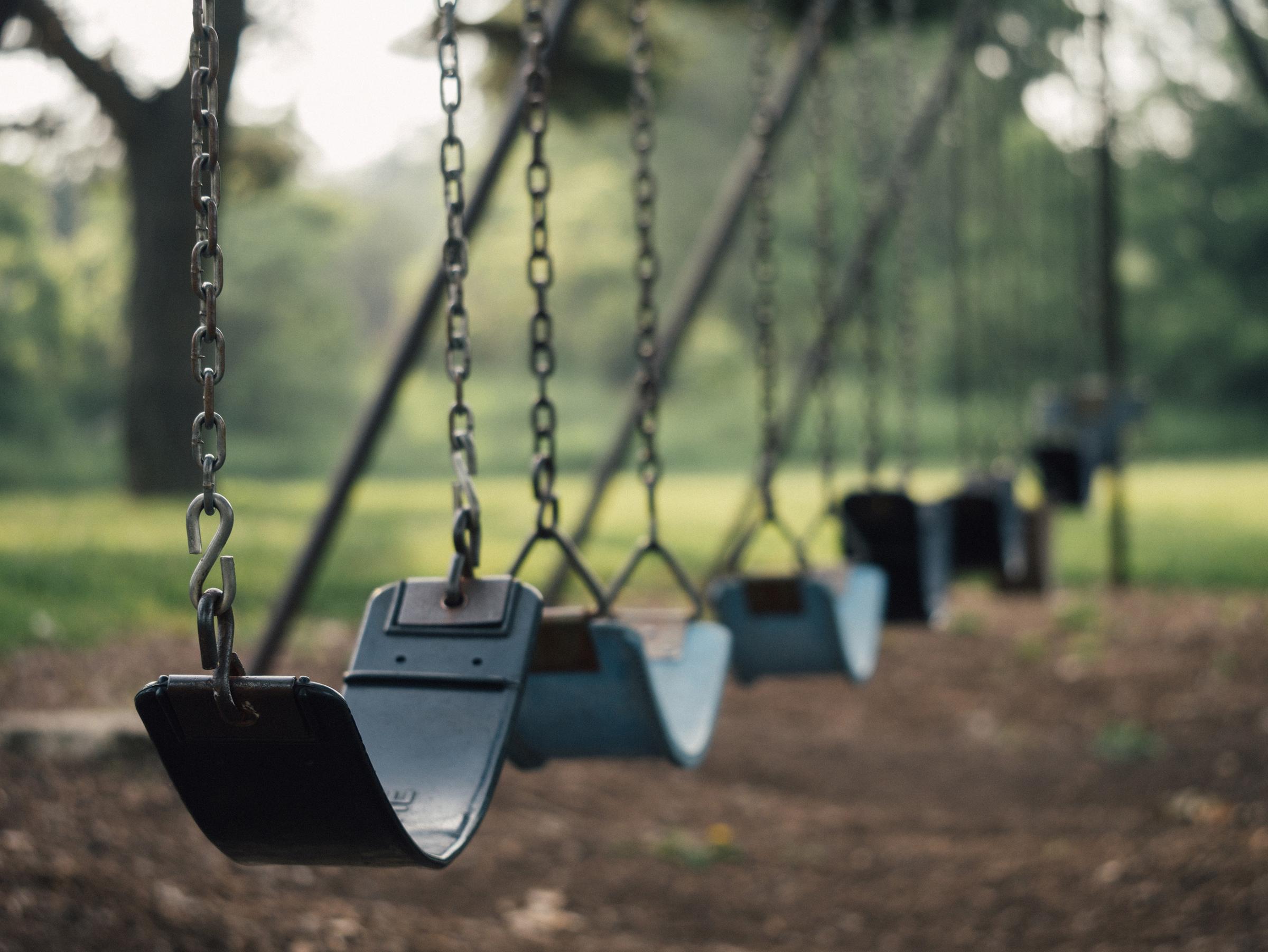Parenting Ideas

Consequences
Picture this. You’re at the playground having a picnic with some friends. Your child starts teasing one of the other kids and won’t let them play with their ball.
“She needs a time-out,” one friend mutters.
“Confiscate her ball” another advises.
“She needs to learn the consequences of her decisions,” counsels another.
Consequences have become a buzzword lately in the parenting field. There is talk of ‘natural’ consequences, ‘logical’ consequences, ‘applied’ consequences, and ‘imposed’ consequences. Yet for all these labels, 99% of the time when people are talking about consequences, what they’re really talking about is punishment.
As far as behaviour modification goes, we know that punishment works. But the real question is… “works” to do what?
Often a time-out or taking her ball away would be effective ways of stopping your child from teasing other kids. However, these actions are based on Behaviourist principles developed from studying pigeons and rats. They’re effective… in the short term, and only for as long as we’re willing to keep imposing the consequences.
Furthermore, what do you want the reasons to be for your child going along with what you’ve asked? If compliance is your only goal, then punishment makes sense. Of course, you would have to be there all the time to impose that punishment. If you want your child to do something because they want to do the right thing, deep down, then we need better approaches.
I don’t think these tactics are the best way forward. In fact, I think that we can do 99% of our parenting without imposing consequences of any kind. There are two reasons for this. The first is that a lot of the time, natural consequences occur to teach our child the negative results of their behaviour without our intervention. If your child teases their friend, the natural consequence is that the other kid won’t want to play anymore. Maybe all the other kids won’t want to play with your child anymore, and they’ll be lonely. By explaining the link between their actions and the consequence, you can reinforce the learning without shaming them. “I saw you teasing one of your friends at the playground today. Then all the kids didn’t want to play with you anymore. You really looked unhappy when that happened.”
However, we can’t always rely on natural consequences. After all, the natural consequence of getting aggressive and throwing punches is that someone else will get hurt, and the natural consequence of riding a bike across the street without checking for cars first is that they could get run over.
When we’re unable or unwilling to let our child experience the natural consequence of their actions, we need to try something else. Many people advocate for ‘logical’ consequences – that is, a consequence somehow logically linked to the behaviour. For example, taking the ball away would be a logical consequence for not sharing, while a time-out wouldn’t be. However, both of these ‘consequences’ are really just punishments. Their goal is to deter the child from undesirable behaviour by imposing a penalty. Which brings me to the second reason that consequences aren’t necessary: we don’t need to make our child feel worse for their behaviour to get better.
Instead, we want to explore, explain, and empower.
By exploring, we connect with our child and seek to understand the motivation behind their behaviour. Once they feel seen and heard, we can move to explaining what our expectations are. Most of the time our kids already know what we expect from them, so we don’t need to lecture them. A short and simple explanation is all that’s necessary. Then we can empower them to collaborate with us in finding solutions that work for everyone.
As a note, these steps only work when our children are capable of logic and reasoning. When emotions are high, those capabilities go out the window. So, if there are tears, angry voices, or other signs of big emotions, the first step is getting everyone back to a state of calm. To do that:
1. Focus on staying calm yourself. Emotions are contagious. If we’re not focused, we’ll end up catching their chaos rather than having them catch our calm. Breathe.
2. Describe what you see (“It looks like you’re having a hard time right now”).
3. Help to remove them from the challenging situation and ask them if they want some time alone or together while they calm down.
From there, we can move back to explore, explain, empower.
Here’s what that looks like in action:
Explore – “I noticed you were really upset with your friend and didn’t want to share your ball. Can you tell me how you were feeling?”
Explain – “It’s ok to be upset, but it’s not ok to tease people.”
Empower – “How can you make things right with your friend again?”
Contrary to what anyone may say, our children rarely need to learn the consequences of their actions. They just need to be supported to choose better ones.
